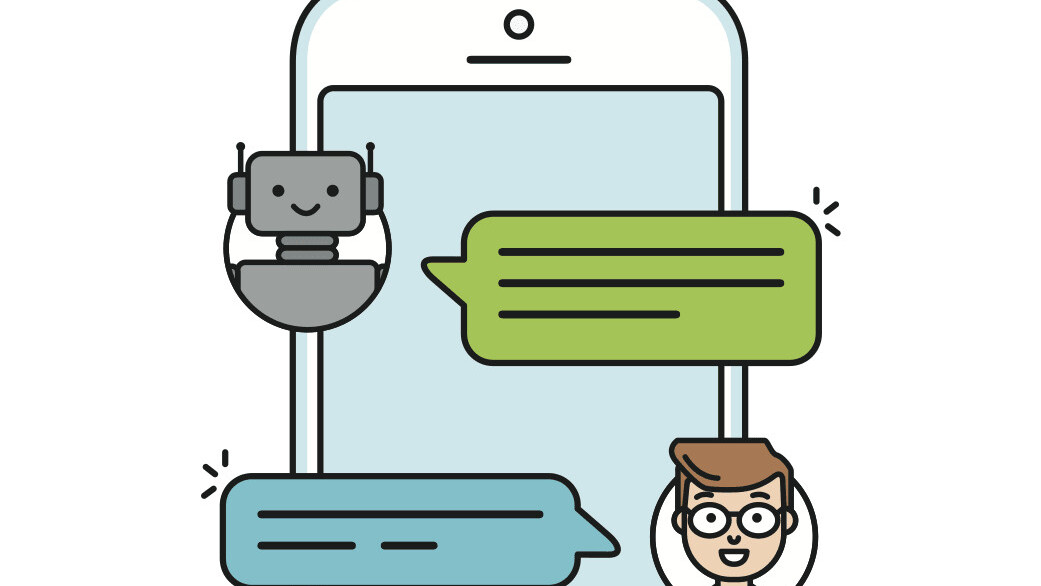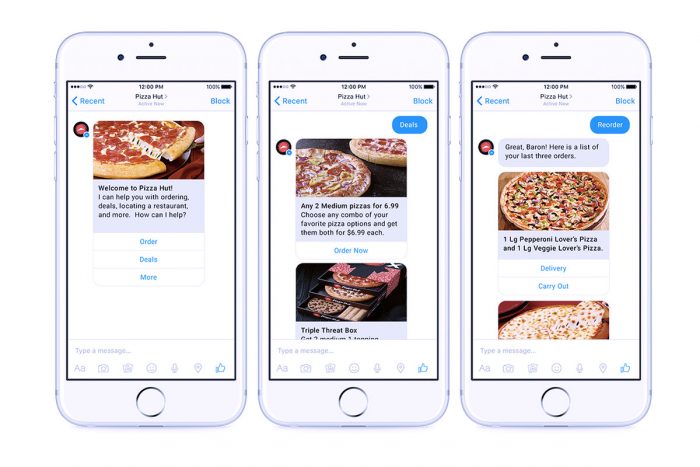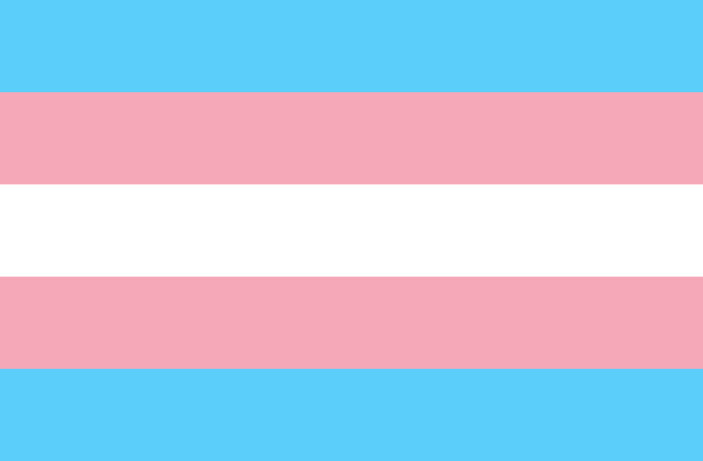
The emergence of the personal computer and cell phone in the 1990s and the smartphone in the 2000s are some of the drastic changes the business world has seen in recent decades. Technology has caused businesses to be run differently, established new prerequisites for success, and influenced the way consumers act. However, while it’s easy to sing the praises of technology, it is important to understand what innovation is significant and what will largely be uninfluential.
Forecasting future technological standards and their effect on consumers is difficult, but typically can be done with a degree of accuracy. This process starts with a “cone of uncertainty” or a graph that tracks the expansion of technological capabilities alongside critical milestones.
For instance, predicting the viability of driverless cars might include a list of important milestones, such as a certain amount of testing, government regulation, reaching a critical mass of consumers, and how much time each of these would take.
As we look to the future, these are the important technological innovations that are or will be influencing consumer habits.
Evolving ad networks
Google changed the world of advertising with the introduction of various digital ad networks, but Facebook quickly came along and introduced a comparably powerful ad network. Furthermore, the gradual growth of Snapchat Ads and Instagram Ads offer more options for consumers to engage with.
While this may seem harmless, the implications for consumers are interesting. First off, this change in ad networks indicates a change in consumer search habits from almost entirely Google to a split between Google and Facebook. Secondly, it illustrates a more important fact: businesses need to understand their ad media and align their ad media with their consumers’ preferences. A blue hyperlink on Google does not appeal as much as a sponsored picture on Instagram or a sponsored video on Snapchat.
Virtual reality and augmented reality
One of the bigger problems with VR/AR is that there is a major lack of quality content and a gap between the price for consumers and what value they receive. With time the price point will drop, quality content will increase, and the value will begin to make more sense for the mass public.
In the meantime, some of the major opportunities for brands to engage with consumers is through the creation of high-quality VR and AR content, such as Nike’s VR experience where viewers can feel like they are Neymar juggling a soccer ball with Nike cleats. Whether it is a new Snapchat geofilter or a virtual music video, developing virtual experiences can lend your consumers a new experience that they are already craving.
Social media content
With the growth of social media, people have begun to act, think, and purchase differently. The attention span of each person has been diminished to less than 8 seconds. Simply put, people are now addicted to consuming social media content and brands need to understand how to fit within this new social world. Success on social media can lead to huge benefits for your organization, as Adidas has seen in recent years due to transitioning focus from athletic influencers to social influencers.
In order to find social media success, you need to understand how to make the highest quality content possible for consumption. This alignment between your consumers and what content they desire will be crucial for building a branded following for your company. Even if you choose not to use so>cial media content for advertising, take note how it can quickly evolve consumer tastes and how products now fit into social media. People want to buy things to show them off in a square photo online and that means people are buying differently than they were two decades ago.
Digital optimization
Many people have written about how marketers can craft the perfect call-to-action, which is made more and more difficult with the growing complexity of brand websites and the increasing ubiquity of search as the preferred form of navigation online. Well now, around 550 of the largest organizations in the world have the ability to create customized domains that include their brand name, using ‘.brand’ domains like www.blog.google or www.summit.audi. (Since the last date for applying for a .brand domain ended years ago, any new brand may have to wait until at least 2020 to apply for one of these new domains.)
Since brands will now be able to better utilize their domain as a call-to-action, they can create shorter, meaningful domains that build simpler pathways to content that is usually buried deep within their website and only discoverable by search. This is an immediate means of encouraging direct content navigation and is an opportunity to develop a deeper connection with customers. In the long-term, customers may be able to type whatever they’re looking for, followed by the .brand domain of the organization they’re searching, and discover content quickly and easily – avoiding third-parties and creating a powerful brand building tool for marketers.
Chatbots
Everyone has horrid memories of sitting on a phone call with customer service for extended periods of time while being shifted between operators reading off a script or even listening to recorded messages and pushing extension numbers. With the emergence of automation software and specifically chatbots, companies are now able to better communicate with their consumers.
This means in the next few years consumers will have a drastic increase in expected quality of customer service from companies and problems will need to be solved effectively. Companies ought to take this time to prepare their consumer relations departments to ensure they have chatbots established on social media, customer helplines if needed, and overall orient customer service as a priority.
Technology will continue to evolve and consumer habits will adjust accordingly, but if you are able to keep up with the trends and how they cause shifts in consumer behavior, then you will be prepared for the long-haul.

Get the TNW newsletter
Get the most important tech news in your inbox each week.





